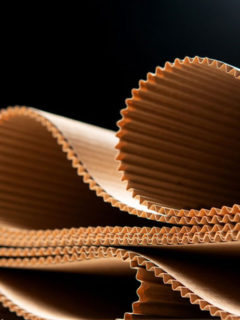The average worker stands for more than 20 hours a week, putting enormous strain on muscles and joints. Investing in an anti-fatigue mat is a strategic decision to protect your business and your employees from the ergonomic and financial consequences. In this selection guide, you’ll learn all about anti-fatigue mats, ergonomic risks in the workplace and the types of ergonomic mats offering a solution.
1. What is an anti-fatigue mat?
Did you know that in 2022, 57% of all Belgian complaints related to health at work were due to musculoskeletal disorders (MSDs)? Musculoskeletal disorders are painful conditions affecting the muscles, tendons, ligaments, joints and bones of the human body. These conditions range from mild discomfort to severe, long-term disability. And it’s not just a question of physical strain.Good posture also plays a crucial role in workers’ well-being.
Combined with other personal protective equipment, anti-fatigue mats are an effective solution for preventing this physical pain. Finally, anti-fatigue mats are ergonomic tools that help workers by supporting the feet, legs and general posture in the most balanced way possible.
In a warehouse or other workplace, workers sometimes remain in a static or semi-static position for long periods. This can lead to uncomfortable pain in the joints and muscles, particularly in the lower limbs. Not surprisingly, this discomfort can lead to long-term health problems that adversely affect the productivity and well-being of your team. To effectively minimise the risk of such musculoskeletal disorders (MSDs), the use of anti-fatigue mats is highly recommended.

2. How to choose the right anti-fatigue mat?
For an anti-fatigue mat to meet your needs and actually have a positive impact on the attitude of your employees, it is important that it is adapted to the nature of your activities. Secondly, it is advisable to take into account the different areas and surfaces of the working environment. Mats should not create obstacles, slip hazards or trip hazards in the warehouse. Thirdly, anti-fatigue mats must have certain properties to suit the sector in which they are used.
► 2.1 Shape and surface
Anti-fatigue mats are available in a variety of formats, including standard mats which come in pre-measured variants. Such a standard mat is obviously perfectly suitable for most locations, but for workspaces with an irregular shape or a particularly large surface area, it is preferable to opt for a configurable anti-fatigue mat. These mats are made up of interlocking tiles and edges, so the final shape is sure to fit the work area. Are you looking in particular for an anti-fatigue mat for workers on assembly lines or packaging tables? Then we recommend an anti-fatigue mat on a roll. When ordering this mat, you choose the length you need.
► 2.2 Applications
Like a chameleon, a standardised anti-fatigue mat always adapts to its environment. For the chemical industry, laboratories and healthcare, an anti-fatigue mat has anti-corrosion properties that protect it from aggressive chemicals. Anti-fatigue mats for commercial kitchens and mechanical workshops have oil and grease resistant properties… among other examples.
For general work such as assembly, production or packaging in warehouses or points of sale, you’ve come to the right place at RAJA. Our range of anti-slip mats is suitable for dry environments and offers an ergonomic solution for your employees. Find out below which anti-fatigue mat is right for your working environment:
| Anti-fatigue mats Skywalker 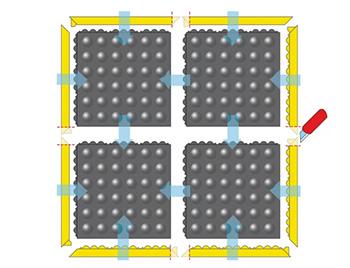 |
Anti-fatigue mat Skystep 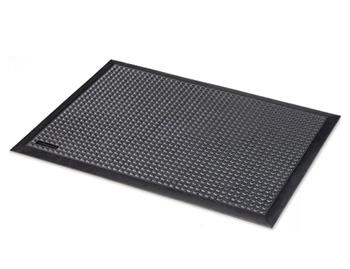 |
Anti-fatigue mat Cushion Trax  |
| –For difficult spaces. –Configurable . – R9 slipresistance . –Yellow stampededges . –L x W: 91 x 91 cm. |
– For generaluse . –Affordable . – R9 slipresistance . –Easy to install. –3 standard sizes. |
–For assembly lines. –Determine length.* – Slipresistance R10. – Yellow stampededges . –Width 91 cm. |
* When ordering, please indicate the desired length.
3. What are the advantages of an ergonomic mat?
In a warehouse or other workplace, workers sometimes remain in static or semi-static positions for long periods. This can lead to uncomfortable pain in the joints and muscles, particularly in the lower limbs. Not surprisingly, this discomfort can lead to long-term health problems that adversely affect the productivity and well-being of your team. To effectively minimise the risk of such musculoskeletal disorders (MSDs), we recommend incorporating anti-fatigue mats.
► 3.1 Health and well-being
An anti-fatigue mat features a grooved structure with studs that provides an irregular surface. Thanks to this clever design, workers are encouraged to keep their feet and legs moving, even for activities that require little movement. Thanks to these subtle movements of the feet and legs, they can avoid the RSI-related pain often associated with prolonged standing. These include back pain, joint problems and discomfort in the lumbar region.
They also absorb the impact of constant strain on joints, reducing tension and discomfort for employees, and stimulate blood circulation for improved well-being. Better blood circulation is not only good for your health, it also keeps you awake and alert. That’s why we call this product an anti-fatigue mat.
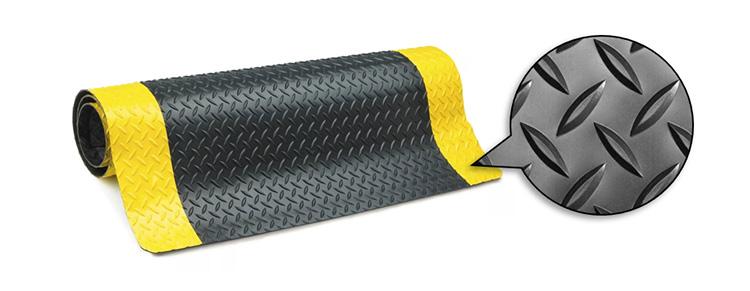
► 3.2 Safety and security
Anti-slip mats have a certain degree of slip resistance, justified by a German standard: DIN 51130. DIN 51130 classifies flooring materials according to their slip resistance and helps determine which material is suitable for which application. The DIN 51130 test method involves measuring the slip resistance of a floor covering when exposed to a slope. The test is carried out using a standardised test ramp and a specialist walking over the flooring in special footwear. The floor material is wetted and the slope gradually increases until the tester begins to slip. The angle at which this happens is called the “R-value” and is used to classify the level of slip resistance of the material.
R-values are divided into categories R9 to R13. Ranging from the lowest slip resistance (R9) to the highest (R13). The higher the R value, the better the material’s slip resistance. According to DIN 51130, the classification of a flooring material depends on both the environment in which it is used and the risk of slipping and falling. DIN 51130 is therefore an important criterion for the construction and safety industry, as well as for sectors where slippery and damp surfaces pose a potential threat to personal safety.
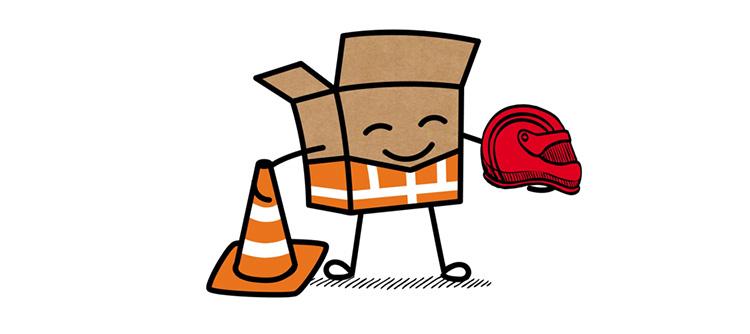
The bevelled edges of an ergonomic mat contribute to user safety and comfort. These edges are designed to ensure a smooth transition between the mat and the adjacent floor. This reduces the risk of tripping. Ideal in busy environments or during periods of intense activity.
4. How can we create a more ergonomic environment?
While anti-fatigue mats help to correct physical posture and stimulate blood circulation, they are not without their dangers. Prolonged standing is not the only cause of musculoskeletal disorders. Many other logistical tasks can cause physical discomfort. For maximum prevention of musculoskeletal disorders in the workplace, other aids need to be taken into account. Let’s take a look:
| Packaging table modular 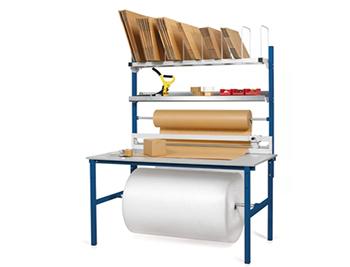 |
Pallet wrapping machine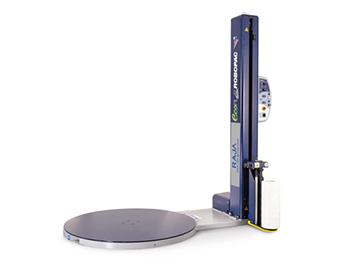 |
Trolley with flexible shelf 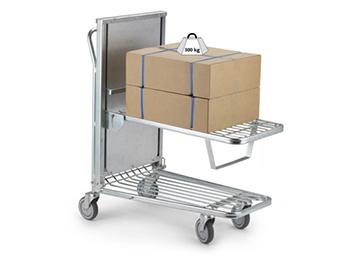 |
| – Everything within easy reach. – Optimum room layout. – Improves posture. – Less stressful movements. |
– Rotating shelf. – Mechanical brake. – No physical effort. – For homogeneous loads. |
– Smooth internal transport. – Ergonomic lifting and transport. – Adjust the height yourself. |













